An estimated 50 million people in the US suffer from some type of allergy – that’s 1 in 5 Americans. While triggers can be highly specific to each person, they tend to fall into certain categories that many of us share. Pollen is one of the most well-known; here are some other highly-common allergy triggers, and what you can do to avoid them:
- Dust Mites: Although many people think they’re allergic to dust, they’re actually reacting to dust mites, which are microscopic organisms found in household dust. Dust mites thrive in humid environments, and feed off of dead human and pet skin cells. To prevent exposure and avoid developing an allergy, try to keep your home free of dust-collecting items like stuffed animals, carpeting, and drapery. Wash sheets weekly in hot water, cover your mattresses, pillows, and box springs, and choose hypoallergenic pillows instead of down.
- Household Animals: This category can be tough to avoid, particularly for pet lovers! Animal saliva and dander are the culprits here. Their saliva contains a potentially irritating protein that can stick to surfaces and even be airborne. Pets shed dander, which is a combination of dead skin cells and hair (or feathers), and the dander can nestle into household surfaces and can remain airborne with even the slightest circulation.
If you suspect an animal allergy but can’t bear to relocate your furry friend, there are steps you can take to minimize exposure. Make all bedrooms pet-free zones, and consider confining your pet to areas with wooden floors free of dander-collecting carpeting. Bathe your pet whenever possible to reduce dander; dogs should be bathed twice a week.
- Food: Just eight foods account for 90% of food allergy reactions: milk, eggs, peanuts, tree nuts, soy, wheat, fish and shellfish. Since repeated exposure heightens the risk of developing sensitivity, try and avoid eating any one of these multiple times a week. An allergic reaction usually happens within minutes of ingestion; symptoms include breathing problems, hives, vomiting, diarrhea, and swelling around the mouth. Be aware that food allergy reactions can become dramatically more severe with each exposure; so if you have a reaction, you should avoid the suspected culprit at all costs until you can confirm an allergy through medical testing.
- Mold: Because mold thrives in dampness, it’s hugely common in our New England climate, and grows rapidly in moist dark spaces like basements, garbage cans, and leaf piles. Mold grows by digesting plant or animal matter, such as leaves and food, and spreads by releasing tiny, lightweight spores that travel through the air. When those spores are inhaled, they can cause annoying reactions such as itchy, watery eyes, congestion, and even asthma.
If you suspect a mold allergy, avoid activities like leaf-raking that can trigger symptoms. Don’t smell foods to check for spoilage, as any foods containing mold will trigger a reaction. Ventilate damp areas of your home, and install dehumidifiers in basements.
Want more help with your allergy symptoms? Call us to schedule testing and treatment! (508-746-8977)

